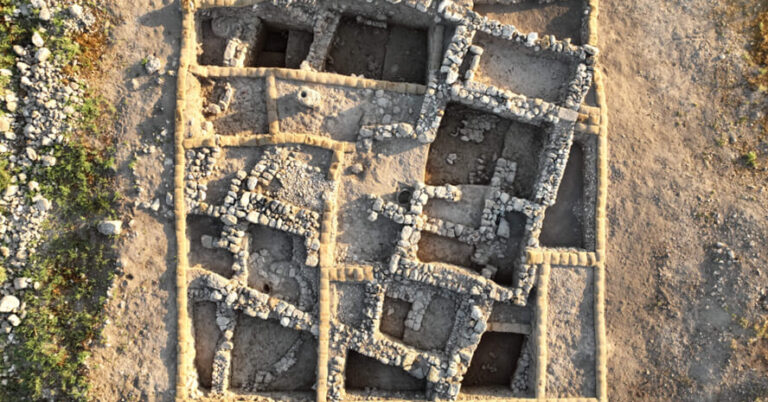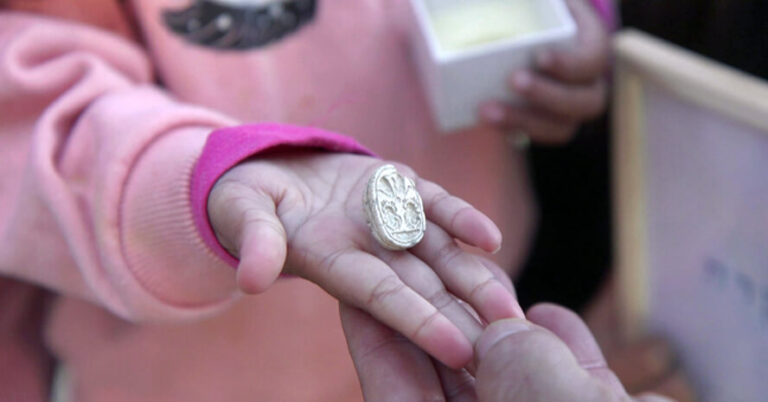It’s easy to forget that ancient giants once roamed the same dry creek beds we step across today. But every so often, the ground offers us a glimpse—just enough to remind us how much we don’t know about the world buried beneath our feet.
In the barren, sun-soaked expanse of West Texas, where the land seems unchanged for millennia, a chance encounter between a modern hunter and an ancient secret pulled back the curtain on a prehistoric world.
In late December 2024, a deer hunter traversing the rugged O2 Ranch stumbled upon something he first mistook for a weathered stump jutting from a dry creek bed. But this was no ordinary piece of old wood. What the hunter found—entirely by accident—was a mammoth tusk, still cradled by the earth after tens of thousands of years.
As stories like this often go, the discovery was met with initial skepticism. Could a mammoth really have left behind such a massive relic in the middle of nowhere? And yet, just days later, experts from Sul Ross State University’s Center for Big Bend Studies (CBBS) confirmed the incredible truth.
This wasn’t just a rare fossil. It was a reminder of a time so distant it almost feels fictional—a time when mammoths roamed West Texas, grazing in what is now dry, thorny scrubland. A time when early humans may have stood in these same places, squinting up at creatures nearly twice their height.
But what makes this discovery truly compelling isn’t just the tusk itself. It’s what it represents: the strange, overlooked threads of our shared past that still sit buried just beneath our feet.
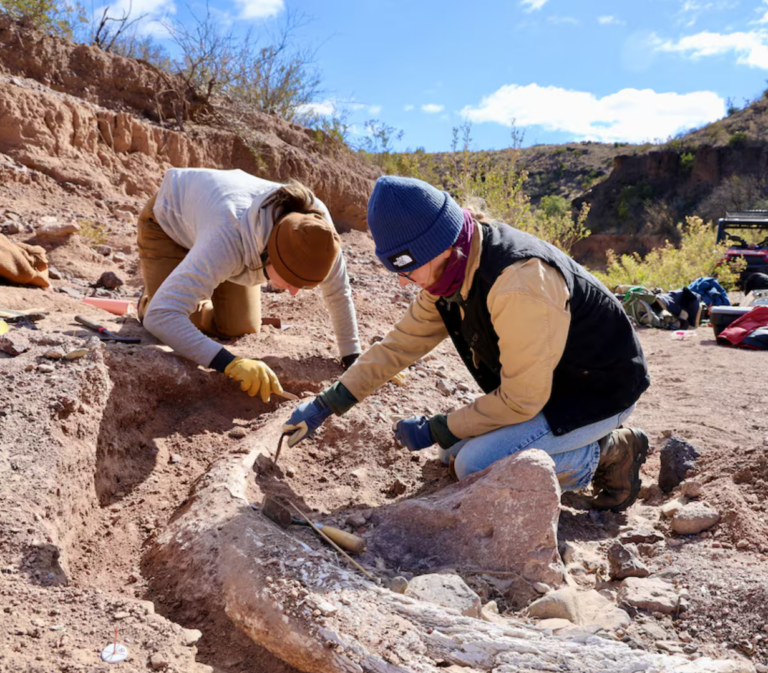
Accidents of History: When Ordinary Moments Uncover Extraordinary Secrets
There’s something poetic about it, isn’t there? A man out hunting deer stumbles upon a creature from an entirely different age. Both were hunters, in their own way. Both shaped the land around them. And in that quiet, chance moment, two eras collided.
This is the kind of discovery that reminds us that history doesn’t live in museums or carefully curated exhibits. It’s out there, waiting in the unlikeliest places—creek beds, ranches, empty fields.
What’s fascinating is how these finds can sit unnoticed for centuries until someone quite literally trips over them. The hunter wasn’t searching for prehistory; he was simply moving through the land. Yet, in doing so, he connected with a past none of us will ever fully know.
It makes you wonder—what else have we missed? How many secrets lie just inches from the surface, waiting for the right moment, or the right person, to find them?
Science Steps In: Preserving a Prehistoric Puzzle Piece
After the initial shock wore off, the team from CBBS took over, and with them came the slow, methodical process of scientific validation. This wasn’t just about proving it was a mammoth tusk—it was about extracting every morsel of information it could offer.
The tusk is now undergoing carbon dating, a process that will help estimate when this colossal mammoth last walked the land. It’s only the second tusk in the region to get this treatment, the first having been studied in the 1960s.
Why does that matter? Because dating the tusk could open a tiny window into a world we still know so little about. How long did mammoths roam West Texas? Is it 13,000 years old? Or 23,000? Maybe older? Were humans here to see them go? Did climate shifts, disease, or early hunters bring about their end?
The tusk is unlikely to give us clear answers. But what it might do is spark new questions—and that’s where the real magic happens.
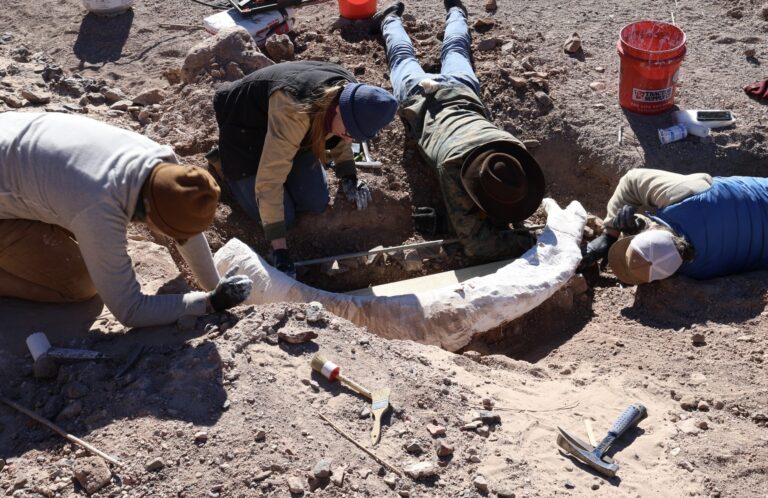
West Texas: A Land of Dry Dirt and Buried Giants
If you’ve ever driven through the Big Bend region, you know how empty it feels. Stretch after stretch of cracked earth, low brush, and sky that seems too big to belong to us. It feels like a place time forgot. Turns out, that’s not too far from the truth.
This land was once home to Columbian mammoths—giant creatures that stood up to 14 feet tall at the shoulder, with tusks stretching more than 16 feet long. Unlike their woolly cousins to the north, these mammoths likely grazed on grasslands and open forests, well adapted to the warmer climates of what is now the southern U.S.
What’s strange—and even more strangely haunting—is how little evidence we have of them here. Despite their size, mammoth remains in West Texas are rare. Their bones don’t litter the landscape like you might imagine. Instead, they’re buried deep, tucked away in the sediment, slowly turning to stone.
That makes every discovery like this one feel like uncovering a secret chapter of a book we didn’t know existed.
The Human Connection: Did We Stand Eye to Eye with These Giants?
Here’s where the story takes an even more fascinating turn—because this isn’t just about a long-dead animal. It’s about us.
The mammoth’s timeline overlaps with the earliest humans in North America. There’s every chance our ancestors saw these creatures, hunted them, or revered them. Maybe they told stories about the beasts with their massive, spiraling tusks—stories we’ll never hear.
Standing in that dry creek bed, it’s hard not to imagine it. Early people walking these same paths, looking out at the same horizon. Did they hear the rumble of a mammoth herd in the distance? Did they feel the earth shake beneath their feet?
Discoveries like this tusk pull us into that world—not just as observers, but as participants in a story that’s still unfolding.
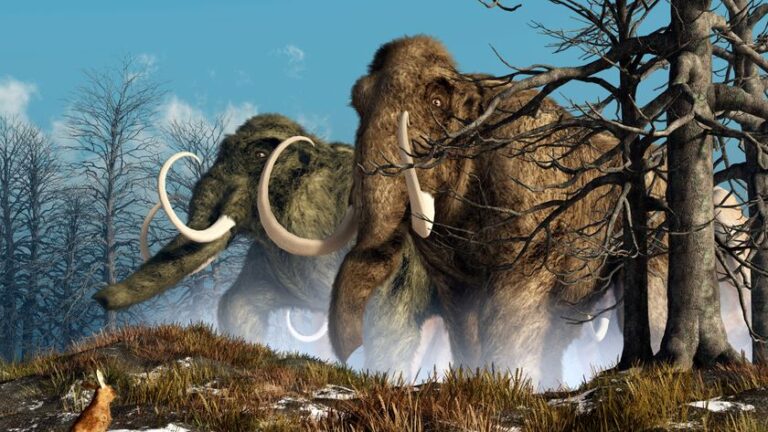
The Future of Mammoths: Science Dreams of Revival
Interestingly, while we uncover these ancient remnants, modern science is pushing toward something once thought impossible—bringing mammoths back. Recently, researchers at Colossal Biosciences in Dallas announced they’ve genetically engineered “woolly mice”—tiny creatures modified with some of the same genes that gave woolly mammoths their iconic traits. It’s a small but significant step in the company’s mission to eventually revive a version of the extinct woolly mammoth.
The idea sounds like science fiction, but it’s real. By studying and recreating these ancient genes, scientists hope to better understand not just how mammoths lived, but also how species adapt to extreme climates—knowledge that could have big implications for our own changing world.
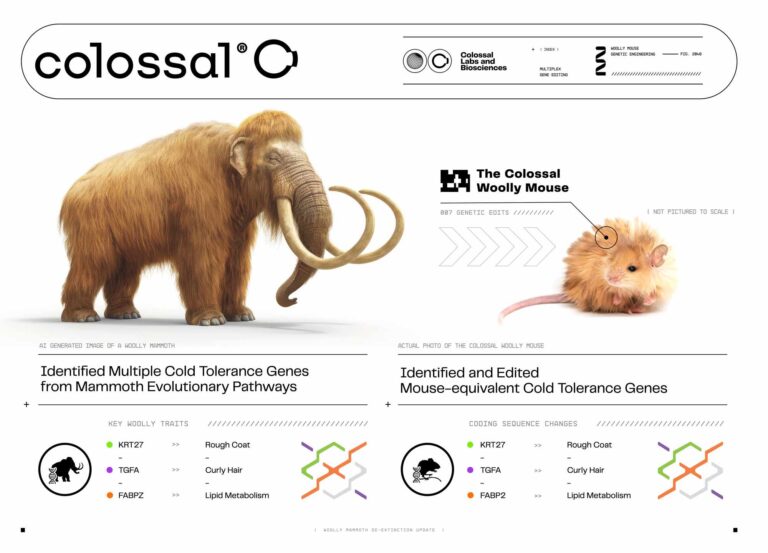
Why This Matters: More Questions, Fewer Answers (and That’s the Point)
This find is a gift—but not because it answers anything definitively. If anything, it leaves us with more questions than we started with. How many mammoths called this region home? Were they thriving when humans arrived? What else lies buried in these forgotten corners of West Texas? How many times have we walked right past something just as significant, never knowing?
And that’s exactly why it matters. History isn’t a neat collection of facts. It’s messy, fragmented, and full of holes we may never fill. But that’s what makes it so captivating.
The mammoth tusk reminds us that our understanding of the past is always evolving. There’s always more out there—more to find, more to question, more to wonder about.
Final Thoughts: What Else Is Out There?
Somewhere in the dust and stone of West Texas, other secrets are waiting. Maybe it’s another tusk. Maybe it’s a campsite, or a spear point, or a fossilized footprint pressed into ancient mud.
And maybe, just maybe, the next person to find it won’t be a scientist—but someone like you, walking through a dry creek bed, looking down, and realizing that the past isn’t gone. It’s just sleeping, waiting for us to wake it up.


